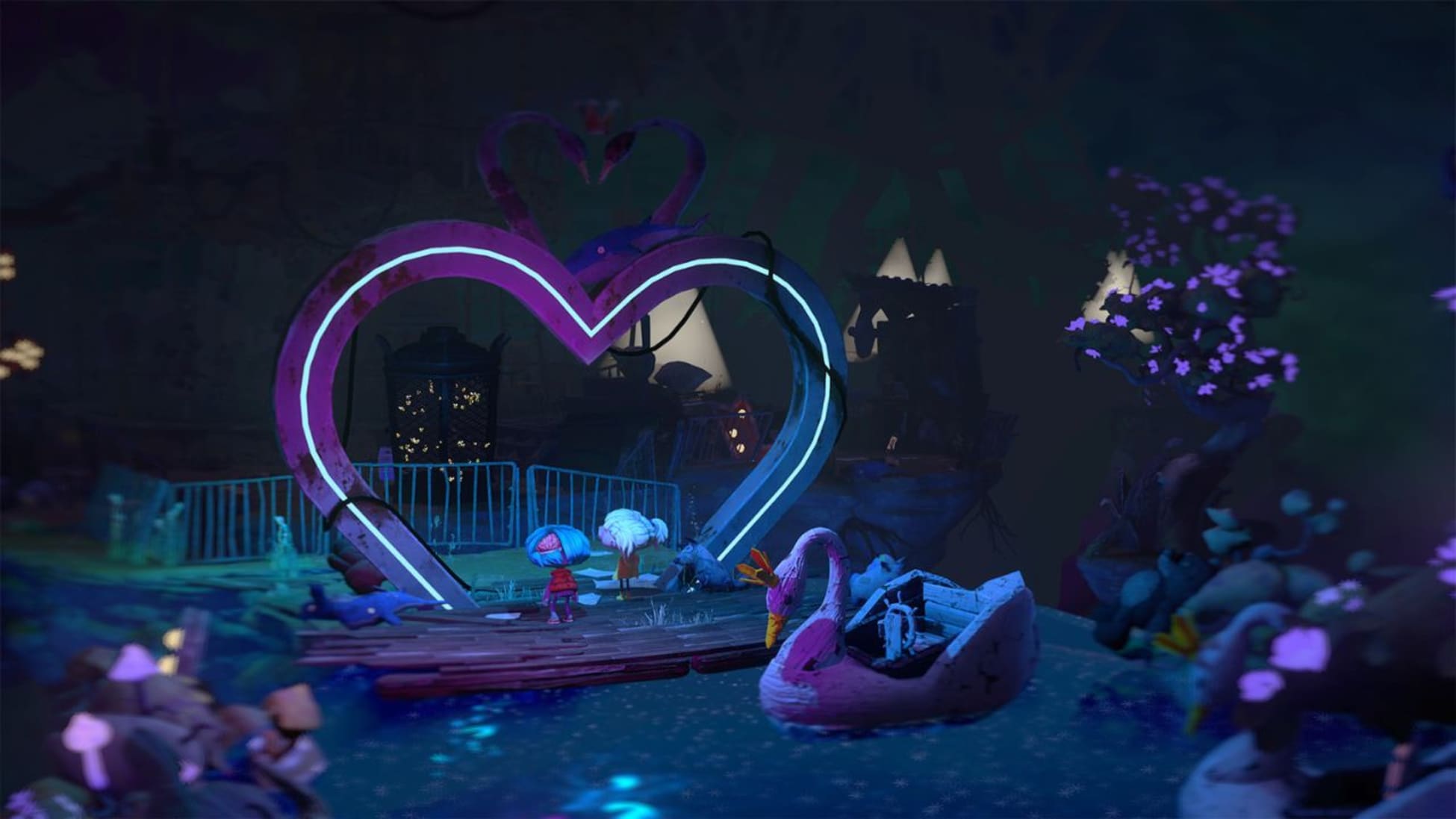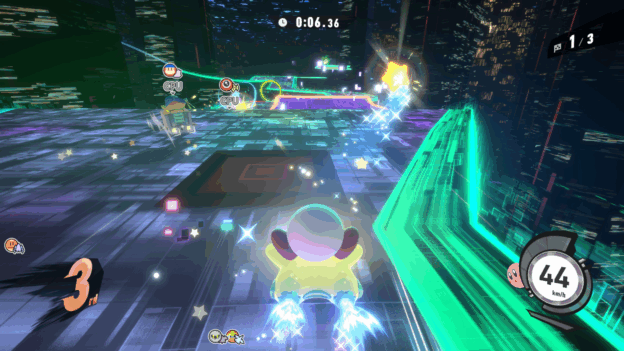Taito Milestones 2 Review – Review

I never shy away from looking back at the origins of a company synonymous with the rise of video games, and Taito’s Milestones 2 compilation delivers another ten-pack of arcade games for the historically inclined. Given the lack of bonus features and the Arcade Archives shell that houses the ten games, I’ve decided to divide them into five that I want to “Play More” and five that I want to “Play Less,” in no particular order. Before getting into that breakdown, here are the candidates:
- Ben Bero Beh (1984)
- The Legend of Kage (1985)
- Kiki Kaikai (1986)
- The NewZealand Story (1988
- Darius II (3 Screen Arcade Version) (1989)
- Gun Frontier (1990)
- Liquid Kids (Mizubaku Adventure) (1990)
- Solitary Fighter (1991)
- Metal Black (1991)
- Dinorex (1992)

Let’s deal with the more forgettable games first. I want to play less of:
Ben Bero Beh (1984)
Ben Bero Beh reminds me a little of Elevator Action, except it’s more janky and overall less enjoyable. The premise is that you need to rescue the damsel in distress at the bottom of each stage by jumping over gaps, climbing down stairs or ladders, and putting out fires with your trusty fire extinguisher. Everything moves pretty slowly, and the controls don’t feel super precise. To get the obvious joke out of the way, it’s safe to call this Ben Bero meh.
Dinorex (1992)
Primal Rage this ain’t, and that’s saying something. Dinorex has the largest gap between how interesting its premise is and how unenjoyable its gameplay is. It’s a 2D fighting game that uses digitized dinosaur sprites for combatants, but the extremely grating and repetitive sound effects, coupled with slow and frustrating controls, make this a very tough game to recommend. Given that Dinorex is the most recent title in the Milestones 2 bundle, my expectations for it were a little bit higher, but I can’t say there’s a ton of fun to be had here.
The Legend of Kage (1985)
Action-platformer The Legend of Kage might be the best of the “Play Less” group, but that doesn’t stop it from being repetitive and visually unappealing. The bounding leaps you can make and the ability to throw out an unending supply of shuriken are fun enough for a time, but once the stages start to repeat and the same enemies keep showing up over and over, the experience grows old fast.
Liquid Kids (Mizubaku Adventure) (1990)
Reminiscent of Bubble Bobble but with larger stages, Liquid Kids is incredibly colorful and filled with all sorts of enemies and items to collect to boost your high score. The gameplay loop sees your hippopotamus main character throwing water bombs to soak enemies so that you can kick them over to destroy them. What makes me less inclined to go back to this one is that the movement just doesn’t feel very good; even though the water bombs are fun to spam, the side to side walking is slow and jumping doesn’t feel great either. Overall, it’s fine, but I’d leave it near the top of the lesser tier.
Solitary Fighter (1991)
Imagine a fighting game that plays like a brawler in a tightly-confined arena: that’s Solitary Fighter (also known as Violence Fight). After choosing from one of four playable fighters, you take on another combatant in a best-of-three series, like any standard fighting game. Bystanders can hop into the fight to distract you, and objects like boxes can be picked up and thrown at your opponent. It’s an interesting idea, but ultimately the lack of characters and the stiff controls make for a fleeting experience.

Let’s tackle the more satisfying set of titles now. I want to play more of:
Metal Black (1991)
One of two horizontal shooters in the collection, Metal Black features a power-up system where pick-ups slowly build up your weapon capability and can be cashed in at any time to unleash a devastating beam attack. The variety of enemies, neat-looking bosses, and solid shoot-’em-up gameplay put this in the upper tier, but it’s not too different from other genre examples.
Kiki Kaikai (1986)
As a fan of the Pocky & Rocky series, seeing where it started in Kiki Kaikai was exciting, even if the games that come after improve on the original in a multitude of ways. Pocky, or Sayo-chan, can shoot in eight directions or use her purifying rod to attack enemies or find hidden items. At the end of each brief stage is a boss encounter, and these are pretty entertaining, if less of a challenge than some of the enemy swarms that besiege you beforehand. There’s a unique mechanic where you can gain an extra life after death if your score matches with a number that appear on screen, but other than that it’s just a fine shooter game that sits near the bottom of the upper tier.
Gun Frontier (1990)
The only vertical shooter of the bunch, Gun Frontier offers a decent but familiar experience, with a Western and Sci-fi mixed setting. Across six total stages, you can collect pick ups to acquire more bomb attacks and upgrade their standard machine, and you’ll definitely need all the firepower you can get. I found this to be one of the more challenging titles in the collection, and it’s teetering on the edge of play more/less, but as an enjoyer of the genre, I put it up here.
The NewZealand Story (1988)
Of the ten titles in Taito Milestones 2, The NewZealand Story surprised me the most. It’s a genuinely great platformer that also shares DNA with Bubble Bobble, unsurprisingly. The objective in each stage is to help Tiki the kiwi rescue his kiwi friend at the end of the level. By defeating enemies you can pick up their weapons, like bombs and laser guns, and even commandeer their transportation methods, like floating pads and UFOs. And you’ll need all the tools you can get to make it through the sprawling, maze-like stages. With solid controls and satisfying gameplay, I’d put New Zealand Story at the top of list for Milestones 2.
Darius II (3 Screen Arcade Version) (1989)
While Darius II does appear on Switch in the Darius Cozmic Collection Arcade, the 3 Screen Arcade Version does not; that collection only includes the more common dual-screen version. For this reason, I’ve been thrilled to play more of the extremely horizontal Darius II in this second Milestones compilation. Having so much screen real estate to work with adds an extra challenge to the game, but a welcome one for any who consider themselves a veteran of the genre.

Should you possess a particular affinity for Taito’s arcade past and the shooters, platformers, and fighters from their heyday, then a second Milestones collection is probably right up your alley. The online leaderboards offered by the Arcade Archives versions here add to the replay value, but it’s again a little disappointing to see a noticeable lack of bonus features, extra content, or presentation elements. The two Taito Milestones compilations are fairly barebones compared to some of the offerings from Capcom and Konami, but I can still appreciate having the opportunity to revisit–or experience for the first time–a back catalog of offerings from a historic developer.




